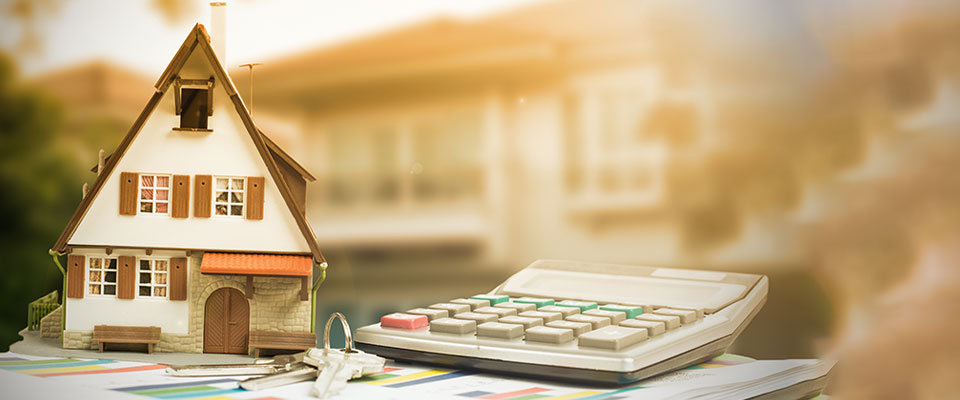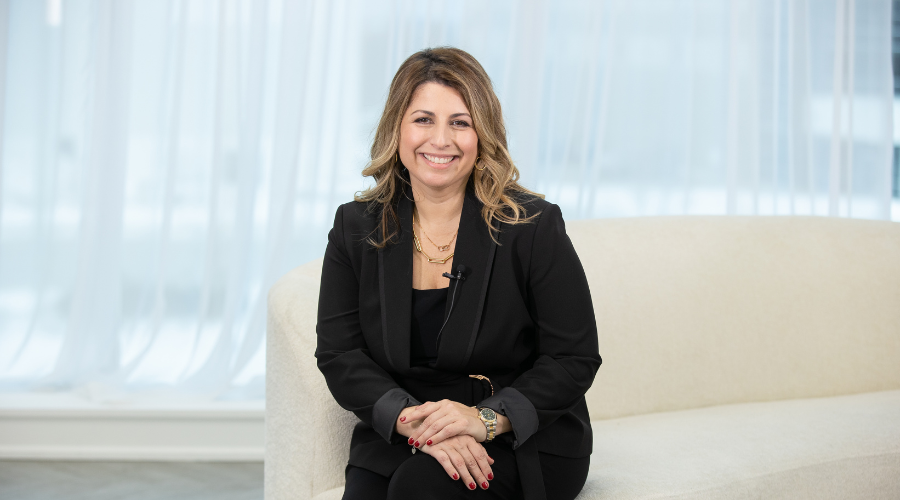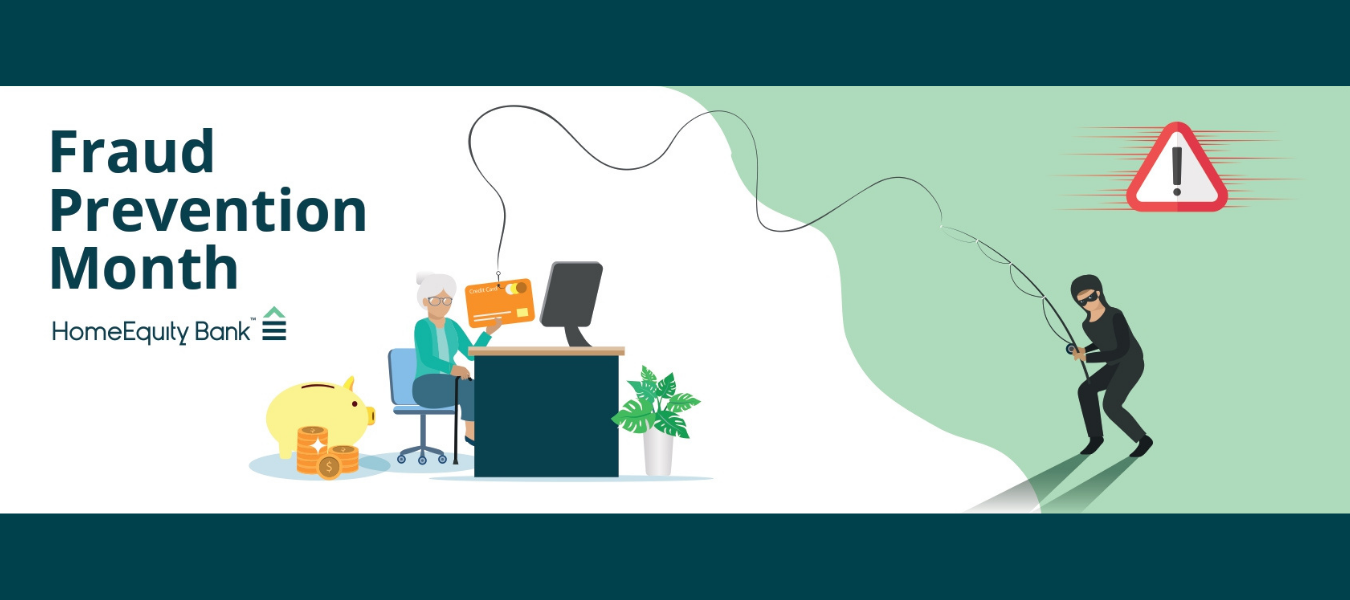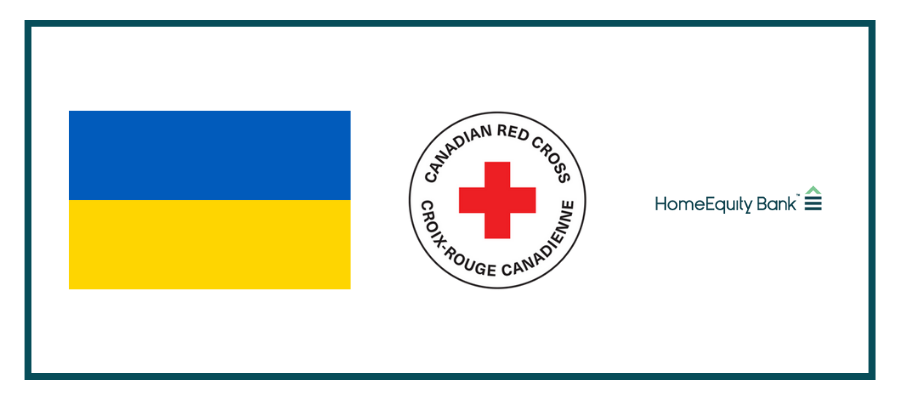Autumn is a reflective season.
The days are getting shorter and the temperatures (at least in some parts of Canada) are cooling. It’s a time when our collective focus returns to school, business and planning for the cold winter months ahead. It’s a time to set new personal goals and tick off those we’ve accomplished or amended.
The spirit of the harvest makes autumn the ideal time to review personal financial plans, measure the progress of the pieces now in place, and focus on how to build long-term financial security.
Perhaps the most important place to begin is with mindset. Rather than a one-time box to be ticked, a truly effective financial plan is a living, breathing, evolving document. Think of it as an ongoing conversation; be it with yourself, your partner, your family, your financial advisor.
There’s no question that the sooner this conversation begins, the better. We’re all familiar with the data about soaring household debt. For every dollar earned, Canadians now hold almost $1.70 in debt – a trend that in no way excludes the seniors who now form the largest population cohort in the country.
Of the eight million Canadians who are over the age of 60, only 12% have more than $1 million in assets. This at a time when average annual expenses for Canadians entering retirement is estimated to be about $100,000 annually.
Further complicating the situation is that there is still a large portion of Canadians who retire with significant amounts of debt – and that number is only increasing. Today, the average debt balance is $74,000.
At a time when capital markets are turbulent and the future of many corporate pension plans is increasingly uncertain, that means there is a new urgency to develop or update a financial plan. Just as the range of financial products and services has rapidly expanded and evolved, the conversation around goals, asset allocation, risk management and tax planning needs to keep pace.
For example, although the family home is the single largest asset for most Canadians, it has often been treated as “untouchable” in the past. In 2017, especially in light of the significant appreciation in residential real estate values, it increasingly makes sense to unlock the equity that’s been accumulated over decades. In so doing, a home is transformed from a passive to an active asset.
A reverse mortgage is one of the simplest ways to access that equity, tapping into a financial resource that has historically been dormant. It’s just one financial planning tool in the full kit, but it has the potential to be transformational.
HomeEquity Bank is a fully-regulated, schedule 1 bank that only has one product: the CHIP reverse mortgage. It’s a financial planning product that allows people to stay in their homes and access the equity they’ve accumulated on a tax-free basis. It can be spent any number of ways – to help children and grandchildren get a home of their own, upgrade an existing home, provide the means for care and aging at home, travel.
The uses of the capital are as diverse as Canadian society. And no. We do not take ownership of the home at any point. Ever.
As autumn sets in and financial planning finds its way on to the personal agenda, it’s one more household tool to consider – before the snow shovel comes out!
It is imperative that we empower seniors by shifting our understanding of primary residences from a passive to active asset. Allowing seniors to take advantage of the value in their home, while preserving their ability to live independently, is a prime opportunity to address retirement challenges.







